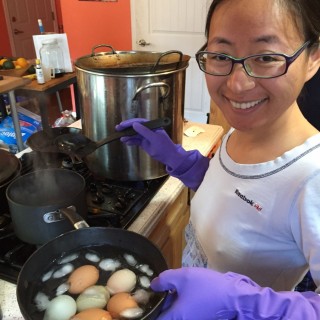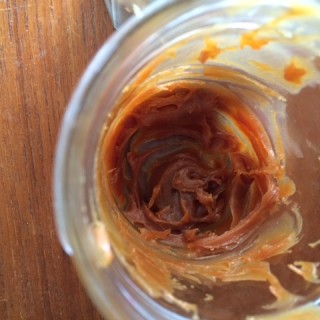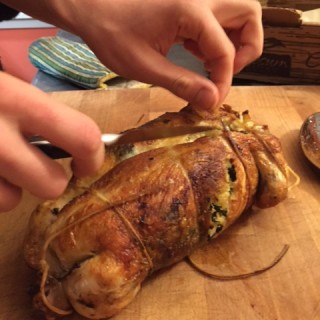Ajandouz, El Hassan, Véronique Desseaux, Sanaa Tazi, and Antoine Puigserver. 2008. “Effects of Temperature and pH on the Kinetics of Caramelisation, Protein Cross-Linking and Maillard Reactions in Aqueous Model Systems.” Food Chemistry 107 (3): 1244–52. doi:10.1016/j.foodchem.2007.09.062. Ameur, Lamia Ait, Odile Mathieu, Valérie Lalanne, Gilles Trystram, and Ines Birlouez-Aragon. 2007. “Comparison of the Effects of Sucrose and Hexose on Furfural Formation and Browning in Cookies Baked at Different Temperatures.” Food Chemistry 101 (4): 1407–16. doi:10.1016/j.foodchem.2006.03.049. Bastos, Deborah Helena Markowicz, and Alejandro Gugliucci. 2015. “Contemporary and Controversial Aspects of the Maillard Reaction Products.” Current Opinion in Food Science, Food Chemistry and Biochemistry...



